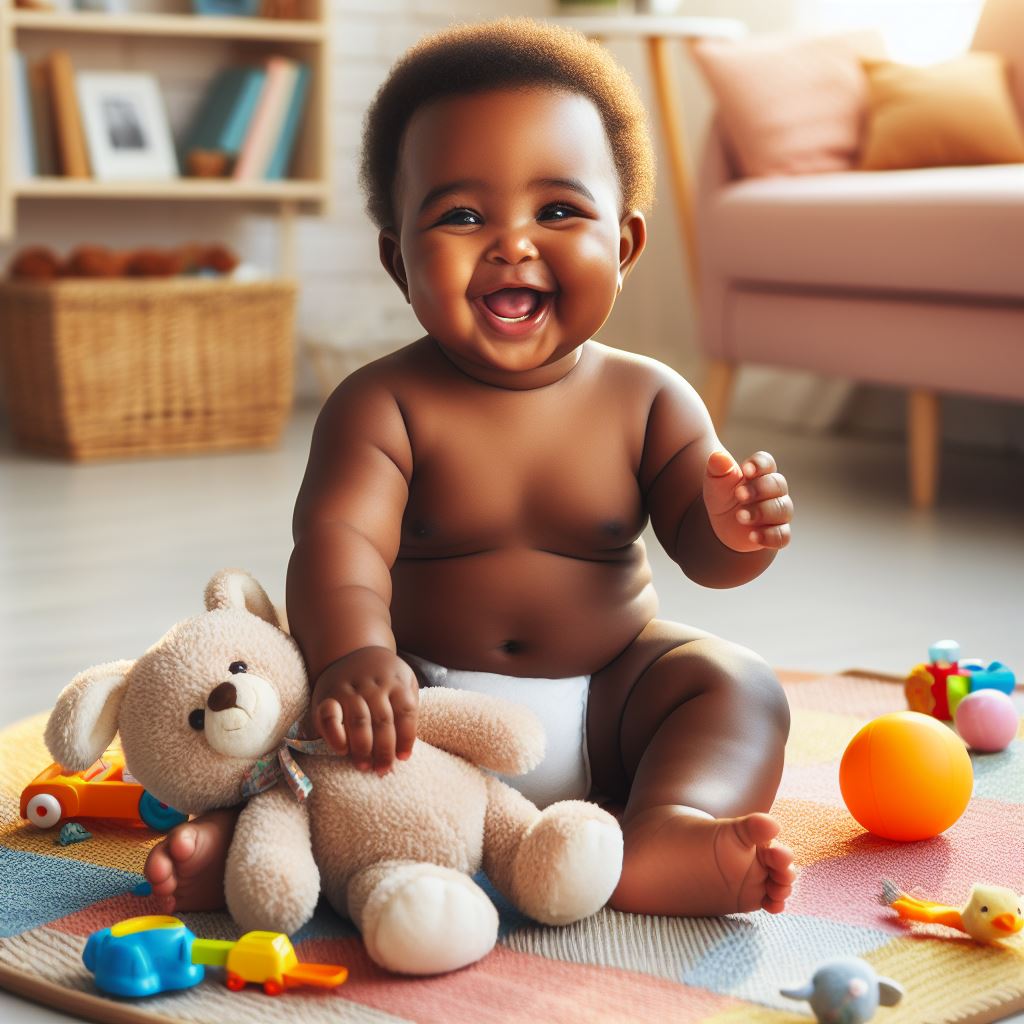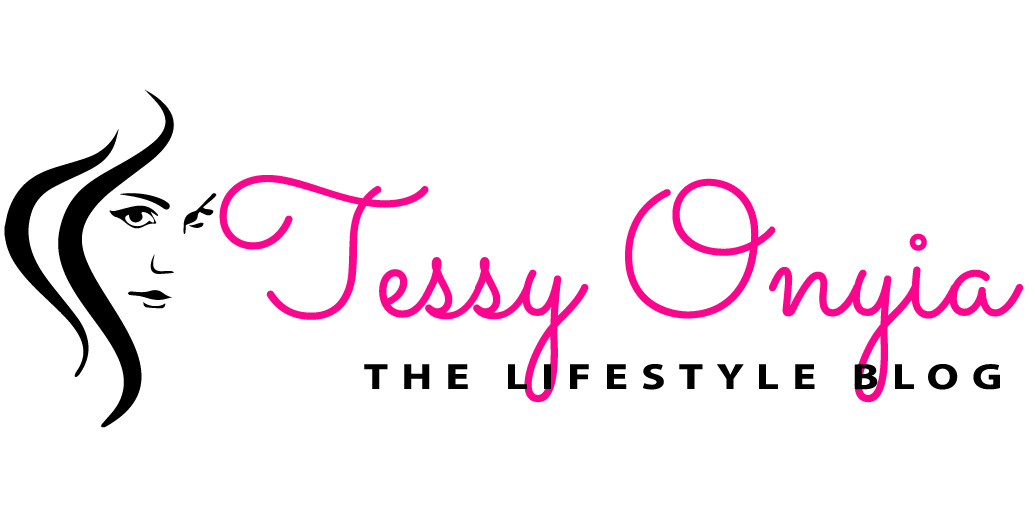
Do you think Cloth diapering is good? Well, I had to talk about it since I’ve gotten to a lot of people contacting me to discuss about it.
During our time, this what our parents used because there was nothing like diapers then and due to the present economic situation on ground, alot of moms are opting for it now which I also recommend as far as you are neat and can handle it properly.
Cloth diapers offer a cost-effective solution for potty training for your young child, unlike their disposable counterparts which can become expensive over the years. While disposable diapers are convenient, cloth diapers are equally easy to use and maintain.
Determining Quantity Needed
The first step in cloth diapering is figuring out how many diapers you’ll need. This depends on how often your child needs changing and how frequently you plan to wash the diapers. Estimate the number of diaper changes per day and multiply it by your preferred frequency of washing. Aim to have a stockpile of five to ten diapers on hand at all times.
Additional Supplies
In addition to diapers, you’ll need some extra supplies like covers and pins. These can typically be found wherever diapers are sold. Alternatively, you can opt for online stores that offer special wraps. You’ll also need a designated place to store dirty diapers. While many parents use a diaper pail, some prefer to simply toss the diapers into the washing machine and run a cycle at the end of each day.
Diaper Storage
There are two types of diaper containers: dry and wet. A dry container is simply an empty diaper pail where you can toss dirty diapers. Most parents choose to dispose of solid waste in the toilet or sink before placing the diaper in the pail. Adding baking soda can help control odors. The wet method involves using a vinegar and water solution to neutralize ammonia odors. Experiment to find the ratio that works best for you.
Cleaning Process
When it comes to washing cloth diapers, use a mild detergent that’s gentle on your child’s skin. Wash them in hot water and rinse with cold water. Avoid using liquid fabric softener, as it can interfere with the diapers’ absorbency. Bleach should also be avoided, as it can damage the fabric. For stubborn stains, hang the diapers in the sun to bleach naturally.
Cloth diapers can be dried in the dryer, but avoid using dryer sheets containing fabric softener, as they can reduce absorbency. Similarly, steer clear of detergents which contain fabric softeners that can affect absorbency.

Conclusion
Embarking on the journey of cloth diapering requires some initial investment in supplies and time, but it can save you money in the long run and contribute to a cleaner, safer environment for your child. By following these guidelines and finding the right routine for your family, you can successfully navigate the world of cloth diapering. Good luck on this new adventure, and thank you for your commitment to maintaining a hygienic and eco-friendly lifestyle.

No Comments